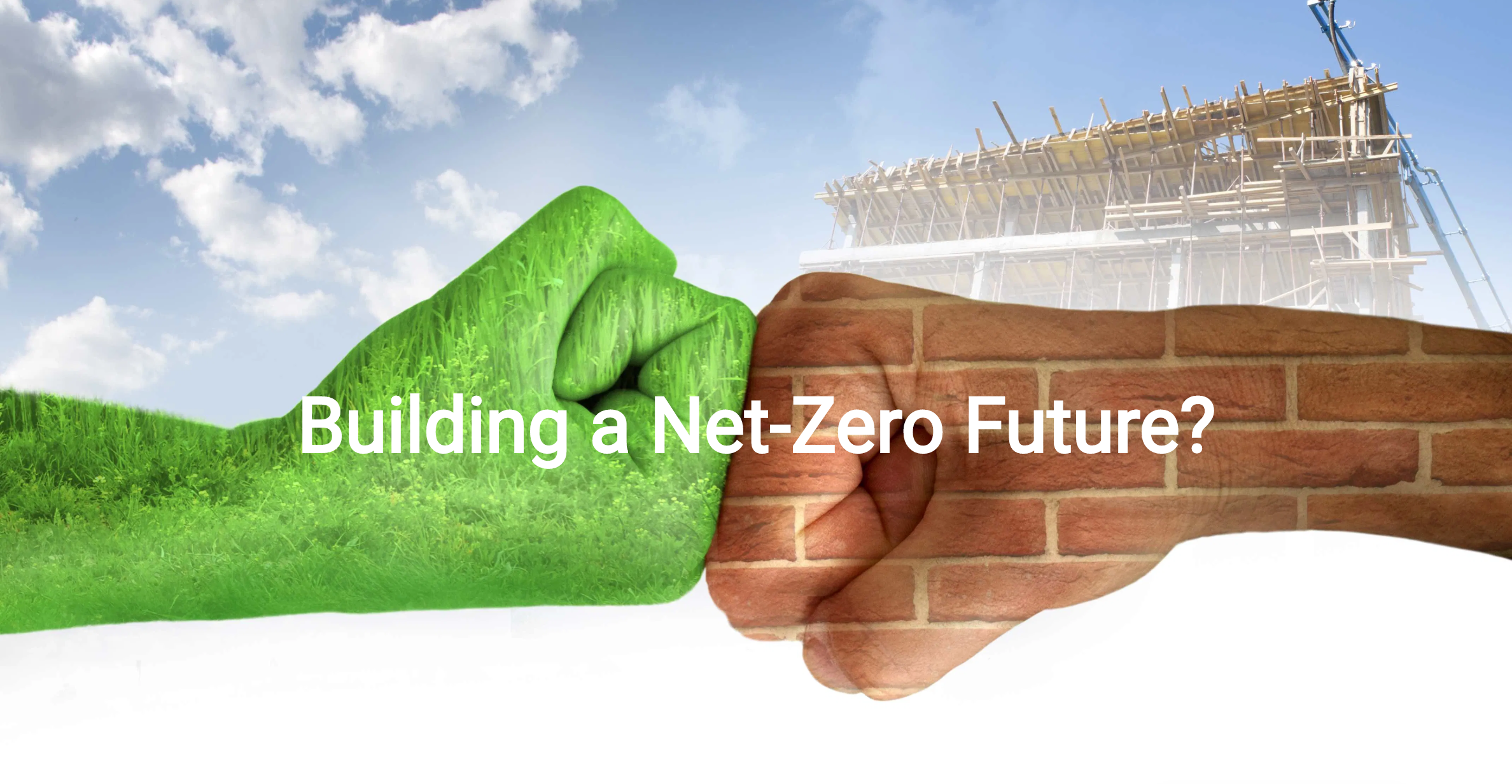
Building a Net-Zero Future?
In the ongoing quest to curb carbon emissions, Massachusetts is looking at adopting building standards for reducing the pollution resulting from fossil fuels.
The general idea is requiring new buildings to be more energy efficient and contribute fewer carbon dioxide (CO2) emissions to the planet’s atmosphere. But what’s the best way to achieve these aims when it comes to building codes? As you might imagine, it depends on who you ask. This article will summarize some of the different approaches people are considering, including a net-zero standard for all new buildings.
Net-zero homes produce as much energy as they consume.
Why Carbon Emissions Reduction is Important
There are a number of reasons to consider for why carbon emissions should be reduced:
- All fossil fuels are non-renewable sources of energy, which means at some point they will run out. In contrast, renewable energy like solar, wind, biomass, etc. come from resources that will theoretically never run out.
- Burning fossil fuels produces air pollution that can harm human health. In contrast, green energy sources offer non-toxic energy production.
- Carbon emissions could be contributing to global warming, so reducing them would reduce the impact of climate change.
Recognizing these risks increase over time, Massachusetts has decided to do something now to protect the future. The state has already stepped up and adopted a goal to achieve an 80% carbon emissions reduction by 2050. There’s also a proposed bill to go even further by achieving total elimination of CO2 emissions by that same date.
So what do building codes have to do with all this? They play a big part in the solution because:
40% of the state’s carbon emissions pollution comes from meeting the energy needs of buildings.
What Does a Net-Zero Building Standard Mean?
The net-zero standard for new buildings would require them to generate as much energy as they consume. One popular way buildings could meet such a standard would through something like solar panel installations which can produce all the power needs, and possibly even extra.
To support such initiatives, the state has provided energy efficiency guidelines for builders who want to implement high performance standards into their construction in an effort to achieve net-zero operation.
Alternatives to A Net-Zero Standard
Many builders have no problem with the general idea of leveraging building codes into greater carbon emissions reduction, but quite a few of them question whether or not a net-zero standard is really the best route to take. Building codes can also be changed to have a stronger focus on energy efficiency and the kinds of materials used in new building construction.
Their concern about net-zero standards is that a highly inefficient and polluting building could conceivably set up a bunch of solar panels to off-set its energy use without actually eliminating the bad aspects of its energy use. It could achieve the net-zero standard while still wasting energy and producing pollution.
These builders prefer going for energy efficiency, no matter what the source of energy may be. They point to an example such as the Passive House standard that can achieve a 90% reduction in energy use as compared to traditional building codes. And the carbon footprint associated with some building materials is much better than others, such as wood fiber insulation versus fiberglass, but net-zero building standards don’t even talk about construction materials, focusing instead solely on energy use.
Another objection to a net-zero building standard is requiring it of individual buildings when a better approach might be a small-scale local renewable power generation system that serves a whole development or group of buildings.
It does seem, however, that all of these concerns could be addressed in the crafting of the code to account for these possibilities and challenges.
The Stretch Code Approach as Middle Ground
You have to feel at least a little bit sorry for the state’s Board of Building Regulations and Standards (BBRS). You’ve got the climate activists on one hand being really vocal in demanding a net-zero standard, and on the other hand you’ve got lots of people, including a good number of builders who are wary of going that far. But the BBRS doesn’t even see itself as being primarily about energy or climate issues. Its focus has always been building safety and inspections. They feel caught in the middle of issues they feel are well outside their wheelhouse.
One way to appease both sides would be to have a net-zero standard, but make it a “stretch code” that isn’t immediately required, but can be adopted by those who want to go for the more ambitious goal. In the meantime, the building codes related to energy efficiency and materials could be greatly improved. And eventually the net-zero stretch code would become a requirement, but with a longer time horizon, such as a decade or more to give everyone time to figure out how to make it happen.
The whole idea of a “stretch code” has been an effective approach in Massachusetts. Back in 2009 the state adopted its first energy stretch code. It allowed any city or town to adopt a stricter energy code than the one required by the state.
262 municipalities out of 351 in Massachusetts adopted the 2009 energy stretch code.
The problem now is that many municipalities want to go even further than the first stretch code, but they’re technically not allowed to go beyond the stretch code. Individual builders could decide to go the extra mile, but the municipalities can’t require them to abide by standards any higher than the current stretch code. For the towns and cities that want to achieve a 100% carbon emissions reduction, they don’t see a realistic pathway to get there without a net-zero code for new building construction, and yet they cannot legally require it of builders unless a new stretch code is adopted.
It will be interesting to see whether or not some form of a net-zero building standard will become part of the state’s ambitious carbon emissions reduction goals. A net-zero standard could originate within the BBRS on its own or be required by state legislation. Net-zero advocates are pursuing both avenues at the same time. Whether or not they will succeed remains to be seen.
Homeowners and landlords interested in saving money through greater energy efficiency in their existing buildings can take action now – and the best place to start is with a NEEECO no-cost home energy assessment!
Talk with the professionals at Neeeco today!
